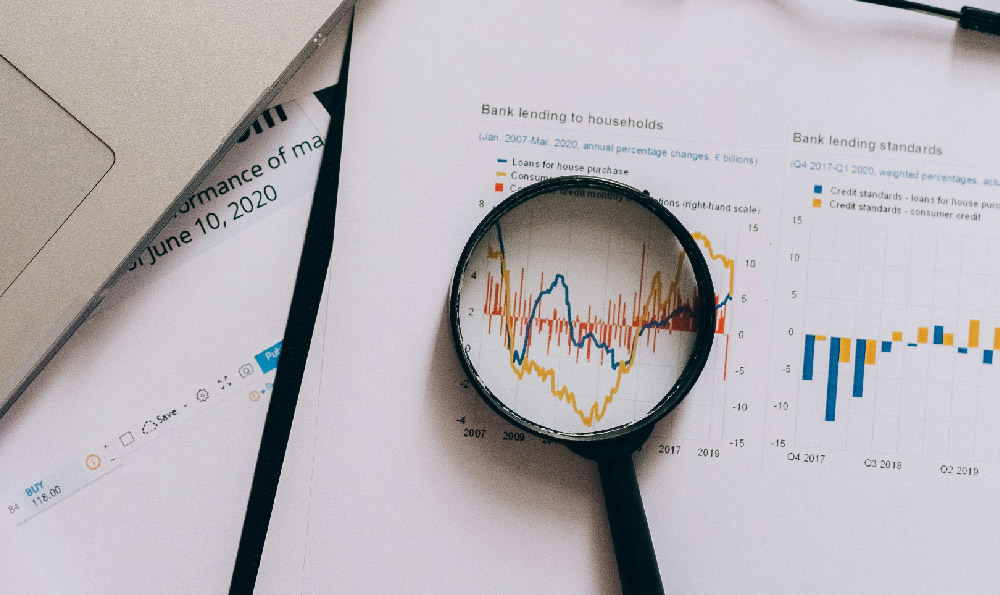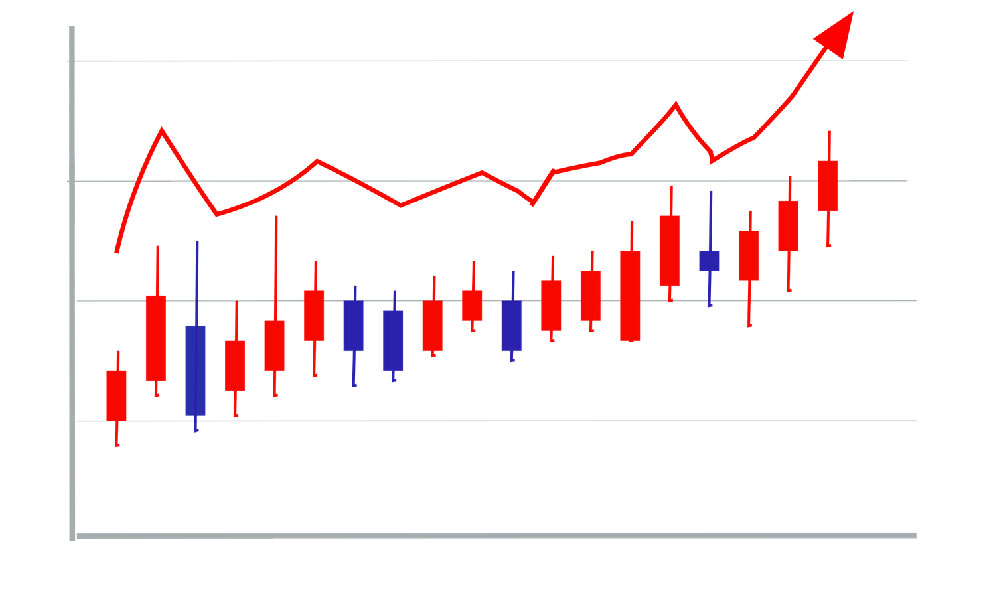
Grok is making waves with its AI prowess, and the idea of leveraging its insights for investment decisions is undeniably tempting. But before diving headfirst into using Grok for financial gains, a cautious and informed approach is paramount. This exploration will guide you through the initial steps and help you determine if Grok-assisted investment aligns with your individual circumstances and financial goals.
The very first thing to consider is that Grok, like any AI, is a tool. It's a powerful tool, potentially, but it's still reliant on the data it's trained on and the prompts you feed it. Therefore, the foundation of any successful Grok-assisted investment strategy lies in your own financial literacy. You need to understand the fundamental concepts of investing, including different asset classes (stocks, bonds, real estate, commodities, etc.), risk management, diversification, and investment horizons. If you are unfamiliar with these terms, start there. Numerous free and paid resources are available online and in libraries to educate yourself. Investopedia, Khan Academy, and reputable financial websites offer comprehensive explanations.
Once you have a basic understanding of financial principles, you can begin to explore how Grok might fit into your investment process. Think of Grok as a research assistant or a data aggregator. It can sift through vast amounts of information, analyze trends, and identify potential investment opportunities that you might otherwise miss. For example, you could use Grok to analyze the financial statements of a company, identify emerging industries, or track the performance of specific investment strategies.

However, it's crucial to understand Grok's limitations. AI models, including Grok, are not infallible. They can be influenced by biases in the data they are trained on, and they are not capable of predicting the future with certainty. Market conditions are constantly changing, and unexpected events can have a significant impact on investment performance. Relying solely on Grok's recommendations without applying your own critical thinking and judgment is a recipe for potential disaster.
Therefore, the next critical step is to define your investment goals and risk tolerance. What are you trying to achieve with your investments? Are you saving for retirement, a down payment on a house, or your children's education? How long do you have to reach your goals? What level of risk are you comfortable taking? These questions are essential because they will determine the types of investments that are appropriate for you. If you are saving for a long-term goal, you may be able to tolerate more risk than if you are saving for a short-term goal. Understanding your risk tolerance is paramount. Are you the type of person who can stomach market volatility or do you need investments that won't keep you up at night?
Once you have a clear understanding of your investment goals and risk tolerance, you can start to use Grok to identify potential investment opportunities that align with your criteria. For instance, you could ask Grok to identify companies in the renewable energy sector with strong growth potential and low debt levels. You could also ask Grok to analyze the performance of different mutual funds or ETFs that focus on sustainable investing.
Remember to always verify Grok's recommendations with other sources of information. Cross-reference its findings with reputable financial news outlets, independent research reports, and the advice of qualified financial professionals. Do not blindly trust the AI's output. Due diligence is vital.
Moreover, consider the cost of using Grok. While some AI tools may be available for free or at a low cost, others may require a subscription or a per-use fee. Make sure that the potential benefits of using Grok outweigh the costs. Furthermore, factor in the time commitment involved in learning how to use Grok effectively and in monitoring your investments. Investing is not a "set it and forget it" activity. It requires ongoing attention and adjustments.
Another key aspect is understanding the prompt engineering required to get useful information from Grok. A poorly worded prompt will yield vague or irrelevant results. Experiment with different prompts to see what works best for your needs. Learn how to refine your queries to get more specific and actionable insights. The skill of crafting precise and insightful prompts is crucial to extracting valuable information from AI tools like Grok.
Finally, it's important to consider whether Grok-assisted investment is right for you. If you are a beginner investor with limited financial knowledge, it may be better to start with more traditional investment strategies, such as investing in a diversified portfolio of mutual funds or ETFs. You may also want to consider working with a qualified financial advisor who can provide personalized guidance and support.
On the other hand, if you are an experienced investor with a solid understanding of financial principles, Grok could be a valuable tool for enhancing your research and analysis capabilities. It can help you identify new investment opportunities, stay on top of market trends, and make more informed decisions. But always remember to use it responsibly and ethically. Don't use Grok to manipulate markets or to make investment decisions based on inside information.
In conclusion, Grok presents an exciting opportunity to leverage AI for investment purposes. However, it's not a magic bullet. Success requires a foundation of financial literacy, a clear understanding of your investment goals and risk tolerance, and a healthy dose of skepticism. Use Grok as a tool to augment your own research and analysis, but never rely on it blindly. By taking a cautious and informed approach, you can harness the power of AI to improve your investment outcomes and achieve your financial goals. Furthermore, constant learning and adapting to the evolving landscape of AI and finance are essential to long-term investment success.





